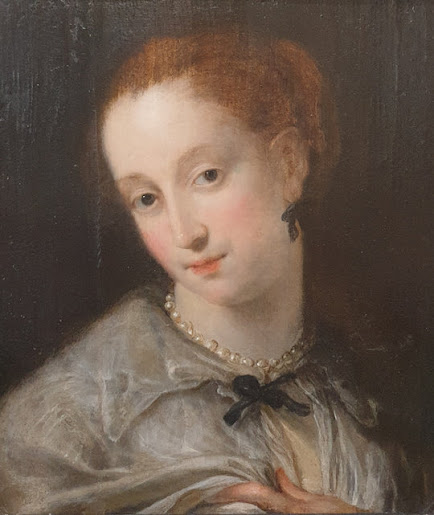Diane Harby: Love and Antique Lace
Exquisite antique lace, period embroidery and linen, coats, veils, scarfs and stoles are all part of Diane Harby's internationally recognised collection...
 |
| Something Old...A Model in Antique Lace |
Her busy store is visited by designers and couturiers, art and fashion students, collectors, traders and of course -brides to be!
Antique lace and linen is an incomparable material for luxury clothes and interiors that brings real history and craftsmanship to any design.
We went to her shop on the lower ground floor
to find out more...
Diane please tell us
how did you come into such a particular and specialised area in the antiques trade?
I have now been trading for as long as I can remember. But
it didn’t start this way. Early on in my career, I was a buyer for a big London
store. I worked in the corner of Woodstock Street, and I used to collect Art
Deco pieces, clothing as well as ceramics. I managed to create a little corner
in the shop where I exhibited my own findings and started selling. The shop was
next door to Phillips Auction House. Lots of antiques people passed by, and I
had antiques dealers customers. My boyfriend at the time gave me the idea to
get a place and start selling as I had accumulated a large stock. So at first,
I was trading from St. Christopher’s Place, but fairly quickly I moved into
Grays.http://www.graysantiques.com/index.php
Given your background
in fashion how did you move into lace and linen pieces?
I did certificates in fashion and worked in stores, but I
also used to go around the markets. The same as everybody in this business. Of
course, now I have done it for so long that I have my own suppliers and people
come to me. As a very young person, I always wanted to have my own antique's
shop. And somehow, one day I got given a large box of lace. I sold some pieces.
Through handling it the whole thing really interested me, and I became more
involved. I can now restore and treat pieces. But I only do it for my own stock
as I am very busy.
Next to you I see a
space with needles and bobbing for mending-do you do any embroidery yourself?
I can repair really well. It is fragile stock and I have to do
what is necessary to keep the pieces in good condition and wearable. It is very
important that people can use the pieces they buy. And I can date pieces very
well because I understand psychically how they are made. I understand their authenticity from my experience of handling lace for
forty years. I know what is handmade, old or new, adapted or worn by people.
Please explain to us
some of your magnificent pieces, what do they consist of, and do you have a aesthetic
style or technique that is your personal favourite?
Normandy lace is very popular because it is very fine and
because of the particular way it is put together. It is like a patchwork. It is
very recognisable. On the other hand, Irish crochet is very wearable and it is
known for being sturdy. And you can dress it up, or dress it down which makes
it a practical choice. A lot of lace is extremely delicate. I have some divine
Italian lace and some best quality Brussels lace that needs to be kept in a box
at the back of the shop away from light.
Personally, I love Apenzell lace. It has so much character and individuality. But my absolute favourite is this Edwardian French coat. The lace is full of mystique and it can be worn in many diverse ways to create a different image, from almost casual to super formal.
Feast your eyes on a small selection of Diane's beautiful pieces, now available at Grays...
Personally, I love Apenzell lace. It has so much character and individuality. But my absolute favourite is this Edwardian French coat. The lace is full of mystique and it can be worn in many diverse ways to create a different image, from almost casual to super formal.
Feast your eyes on a small selection of Diane's beautiful pieces, now available at Grays...
 |
| Black Net Scarf, c.1900-1920 |
 |
| Tape lace c.1900-1910 |
 |
| Embroidered net, c.1920-1930 |
 |
| Brussels lace, c.1900-1910 |
Interviewed Friday 16 November 2018 by Titika Malkogeorgou


.jpg)

Comments
Post a Comment